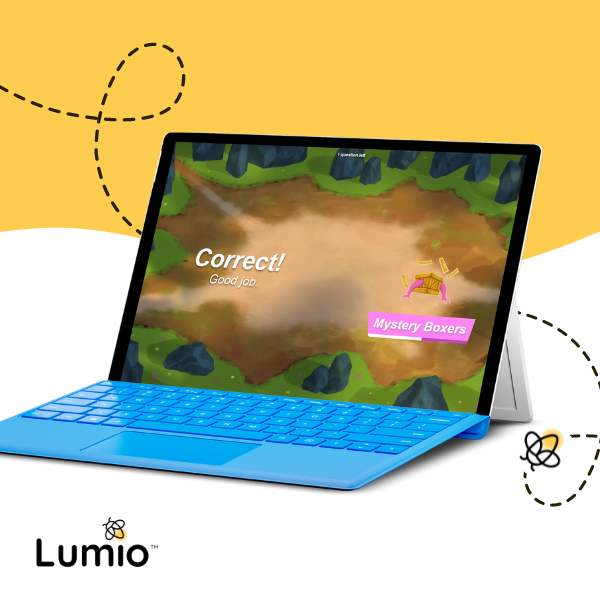Schools and districts are increasingly adopting the tenets of social-emotional learning (SEL) to help students thrive by becoming more adaptable to challenges and change. In this eight-part series, we examine how SEL can be incorporated in the classroom and how EdTech can help.
First, we take a holistic look at SEL. Then we dive into five SEL competencies: self-efficacy and self-awareness; social-emotional awareness; identity and emotional awareness; social awareness and collaboration; and critical thinking. We finish by exploring the importance of student mental health and how to create a culturally responsive classroom.
Read on as we dig into the SEL competency of critical thinking.
What is critical thinking?
Critical thinking happens when you reflect and reason with the result of challenging biases or thinking outside the box. As students develop this skill, they become more adept at discovering the links and distinctions between different ideas, concepts, and viewpoints. Becoming immersed in diverse frames of reference lets students practice considering divergent perspectives and explore the relative strengths of multiple angles of any concept or question.
In addition, students learn critical thinking as they assess one another’s work. This teaches them the skill of providing positive feedback, as well as offering constructive suggestions that improve the work while considering their peers’ feelings and perspectives. In this way, critical thinking embodies other facets of social-emotional learning, including social-emotional awareness, responsible decision-making, and empathy.
Developing critical thinking skills in the classroom
One of the main tenets of education is to nurture critical thinkers who can learn to analyze various viewpoints and use their own life experiences as well as the perspectives of others to think through the considerations that will enable them to arrive at well-reasoned conclusions.
Critical thinking offers a path to bring education to life as students connect concepts they’re learning in class to their observations of the world around them. Educators can accelerate the forging of these links by encouraging students to think in nonlinear ways, such as to use the material presented in the classroom as a launch pad for extending lessons and theories to consider their relationship to other topics and questions.
Encouraging inquisitive young minds
“What if?” “Why?” and “What’s next?” questions can inspire students to evaluate different chains of thought and their eventual consequences. This type of exercise fosters lifelong learners excited to contemplate ideas and ponder the possibility of different outcomes.
Another way to encourage this type of deep thinking is to let students have voice and choice in how they pursue their lessons. By moving away from a one-size-fits-all context that is based on one-way, standardized consumption of material, each learner can examine concepts in an interactive and individualized way that bolsters critical thinking.
Offering times for reflection and room to puzzle over various approaches and outcomes can help students become better creative thinkers and problem-solvers. By interacting with their learning, they can create connections that are more engaging and interesting. This also helps them bring their whole selves to the classroom, as they exhibit mastery of learning and claim agency over how they arrived at their conclusions.
How technology can improve critical thinking
Students develop stronger connections to their learning when they take an interactive approach to their lessons. EdTech can be a prominent tool for helping educators achieve this goal.
For example, students can use a digital whiteboard to engage in student-led learning, whether modeling their own solution to a problem or demonstrating their mastery of a skill they have acquired.
With an interactive display, students can show how they approach a situation and share their thinking to invite feedback from their peers. Offering the chance for students to lead group lessons where others have the chance to positively critique their work helps the whole class become more adept at thinking critically about a lesson and coming up with a relevant problem-solving approach. Students can use connected interactive displays as well as other EdTech tools to find their own resources and practice advocating for why those resources support the current lesson or fulfill the requirements of an assignment.
Student devices can help to promote critical thinking by working through problems individually. Lumio helps educators transform any lesson into one that promotes the SEL skill of critical thinking. To find out more ways to use it, explore Lumio’s library of activities and resources that can help students flex the skills that contribute to critical thinking and other social-emotional learning competencies in the classroom.



